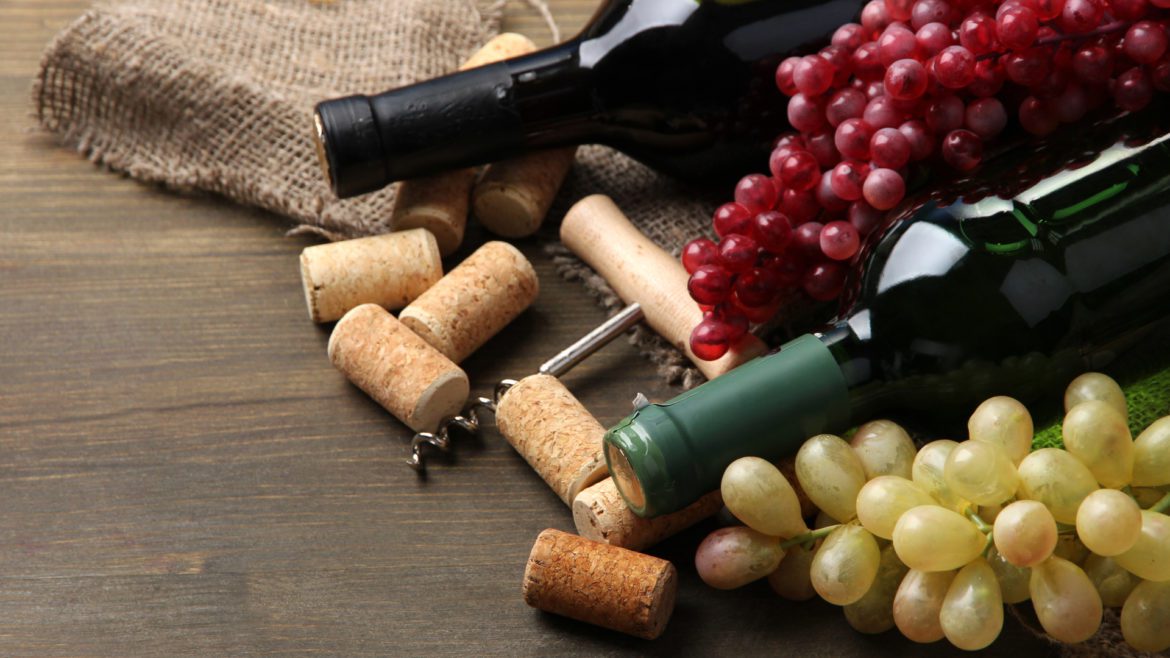Where does wine cork come from?
Sealing a bottle of wine with a cork seems so natural to us in the 21st century, and it’s easy for us to think it’s always been this way. Over the thousands of years that cultures around the world have been bottling wines, believe it or not it’s only been a few centuries that a cork has been the go-to to protect wine from the air while it’s in the bottle.
Wine corks work so well because they contain suberin, a waxy substance, that makes it ideal as a bottle stopper. Corks come from the Cork Oak tree, also known as Quercus Suber, and most often those grown in Portugal. It is a spongy material that can only be collected once every nine years; what is miraculous about the Cork Oak tree is that the cork continues to grow even after it has been harvested.
Cool fact: the Cork Oak tree needs to be at least 25 years old before the tree can be harvested!
The cork collected from the tree goes through a drying process – which takes about six months. After that, it is boiled to sterilize and soften it, which allows it to be shaped into the cork that we associate with wine corks (or other shapes when used in other industries).
What makes a great wine cork?
There are a variety of different types of bottle stops for wine, but a real cork has some unique features that make it the ultimate choice.
Cork stoppers for wine bottles became more common in the 17th century because winemakers found that not only did they seal the bottle, but cork also slowed the oxidation process down significantly.
Oxidation is the process by which wines start to age, and not in a good way: they lose color and flavor when in contact with the air, and then start to turn to vinegar. When the oxidation process is really slow, however, the wine can continue to age beautifully and to develop and evolve. Slowing the process is what makes bottles of hundred-year-old wine delicious and so flavorful.
Amazing note: The better corks allow just 1 cubic milligram of air into the bottle each year, so a matching small amount of sulfites are added to keep the wine tasting great, allowing the tannins to become softer, and the flavor to continue to develop.
What are the different types of wine stoppers?
Besides the natural cork described here, there are several other versions too:
- Champagne cork – mushroom-shaped and more elastic than natural cork, these provide a large POP when pulled
- Synthetic cork – made from resin and looks similar to cork, but is less durable
- Vinoseal / Vinolok – a glass bottle stopper with a gasket to lock the bottle tight
- Screw caps – a modern option but not usually found on the best wines
- Tasting corks – short stoppers with plastic tops but cork bottoms; they are designed for short-term storage
- Agglomerate (Grainy cork) – these are processed wood fibers and cork granules
- Crown caps – typically found on bottles of beer; also, an excellent stopper for sparkling wines
- Capped corks – often found on spirits, with a wooden or plastic outer cap and cork stopper
There are a few alternatives to the natural cork, with more innovative designs coming every year.
When was the first cork used?
Although cork has been used for thousands of years, it wasn’t widely used by winemakers until more recently. The first wine stoppers were made from oil-soaked fabrics, wood, or glass (which made removal challenging, as you can imagine, and often led to broken bottles). There is much evidence of corks being used occasionally, including remains from the 4th century of cork stoppers in casks, and an amphora from the 1st century that had a cork stopper and contained wine.
Though we cannot be sure exactly who first brought corks into widespread use in more modern times, legend has it that it was Dom Pierre Pérignon himself who began to use cork to seal his champagne in the 18th century – a choice that would stand the test of time!
Does the cork make wine taste better?
We know that cork slows the oxidation process down, but does it do more to maintain the flavor of the wine? And perhaps more importantly, does the cork make wine better?
As it matures, wine develops what are known as its secondary qualities, releasing unwanted or perhaps harsh aromas and reaching the potential it was created to achieve.
Wines that are created to be aged become more flavorful through the process and, no surprise, become more expensive. Very few bottles of some of the oldest wines are now around, making them rare and delicious.
While plenty of delicious wines have outstanding reviews and no cork in sight, studies into the impact of cork in wine bottles show that cork offers many wines the opportunity to become more complex over time, which just cannot be replicated with any other type of stopper.

